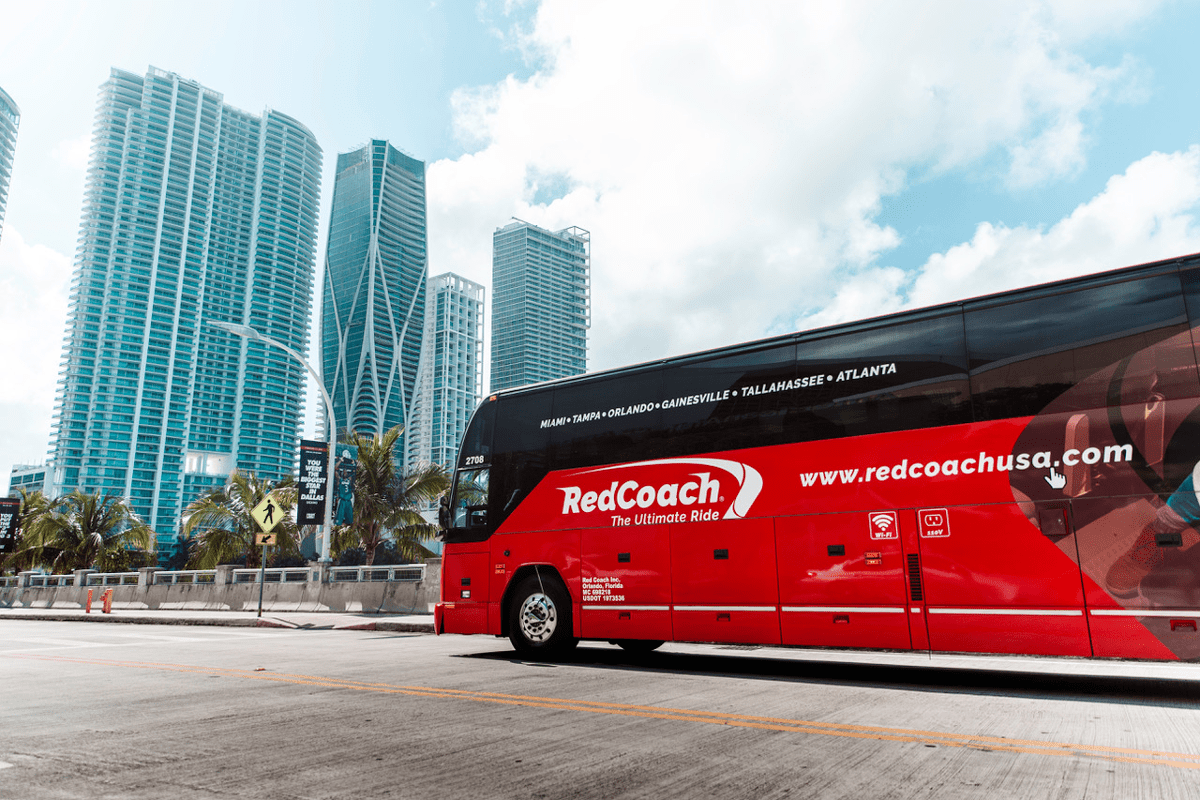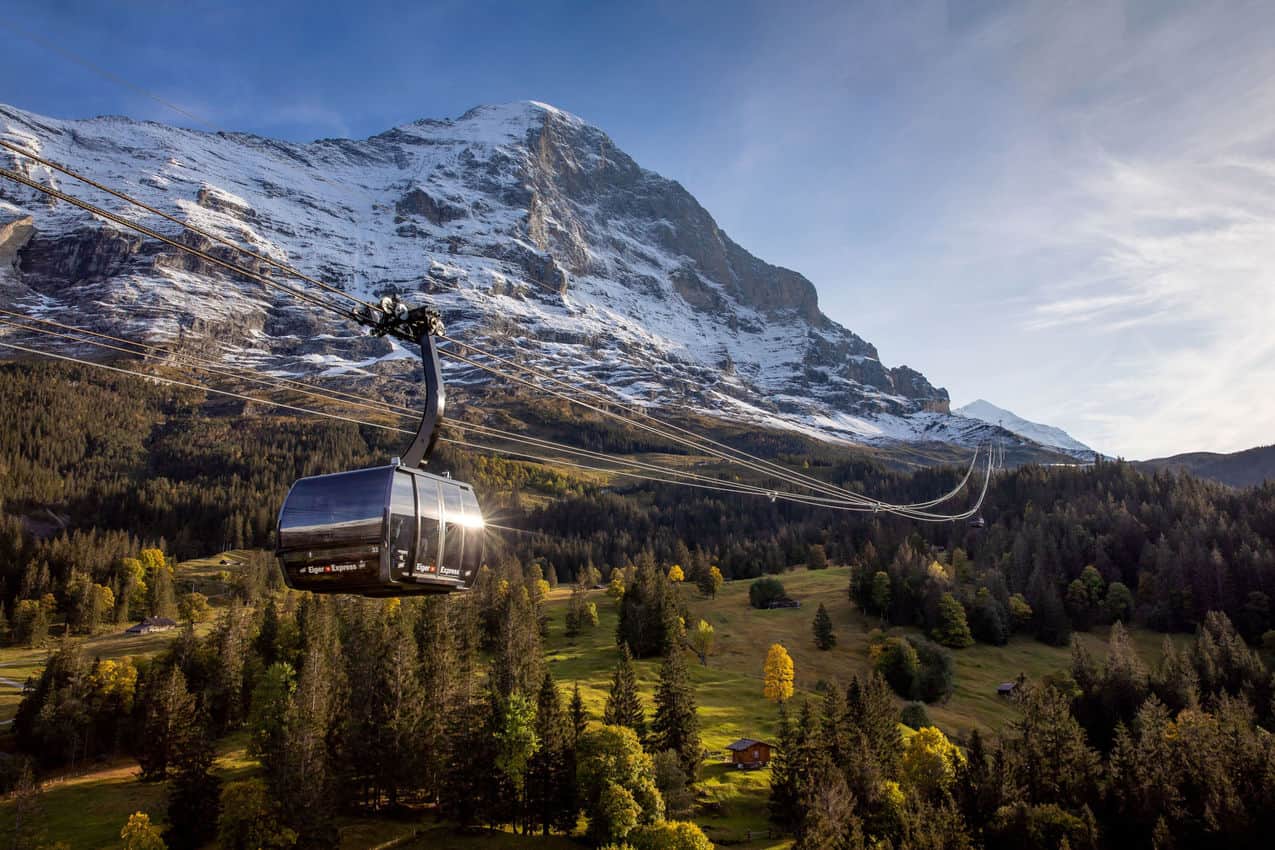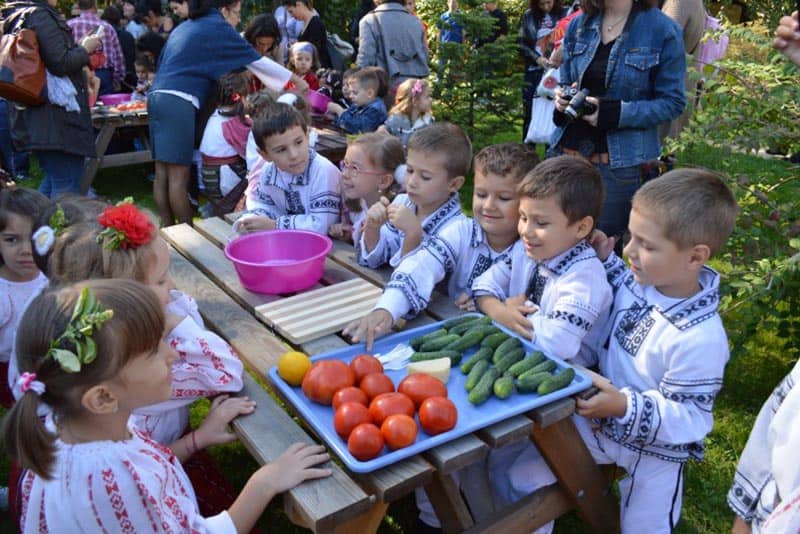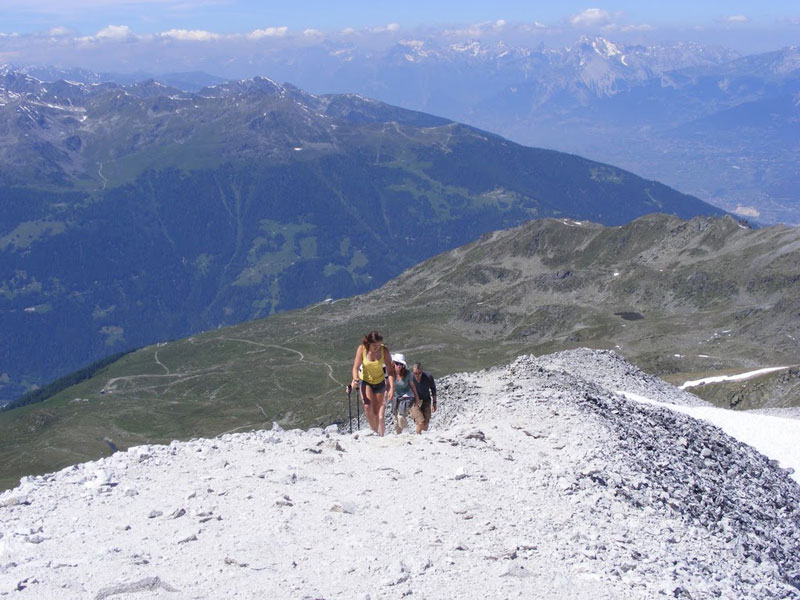
Climbing 3,000 meter Bella Tolla in Val D’Anniviers, Switzerland with Kids
By Steven Bochenek
Two distressed women were hollering frantically, waving their arms in a T, the universal sign of distress. Though 500 meters away, their voices carried clearly up the cwm: “EEehh!” Were they yelling aide, the French for help? Neil and I left the others and began charging down with the aid kit.

More of that later. This is actually about easily conquering a Swiss peak with kids!
At 3,025 meters, Bella Tolla is a genuine mountain in Val D’Anniviers, Switzerland’s eastern-most French valley. From the summit you look down on other snowcapped peaks, glimpsing Italy and France.
Although the air is thin and the hike challenging, an average family can summit in two hours. The experience requires little more than hiking boots, water, and patience. But it would probably be better if you didn’t smoke.
Two hours doesn’t sound long but in 80-degree heat, relentlessly pushing upwards, it’s an effective way to make your vacation last.
Promise the kids a snowball fight at the top. Promise them a 30-minute thrill ride down the lower mountain road afterwards. And promise yourself a glass of wine at either of the sky-high restaurants. This is Europe!
Yes, you can do it with kids.
We were four adults and four kids. Ranging 12 to 16, our kids are a bit older but could have done this when they were under five. One hearty German couple had their sleeping baby in a shady backpack.
You don’t need a guide for this hike but can find them readily at this website. (The Swiss essentially invented the concept of modern tourism in the 1800s.
Guides here are helpful with instruction of hiking technique and know the flora that springs up in these harsh alpine-desert conditions. Many speak English. Expect to pay from $100 to $250.
Start at the funicular.
The village of Saint-Luc spills across the perpendicular valley wall. You start here, a 45-minute bus ride from the city of Sierre. Buses come regularly and aren’t expensive – it’s how many locals get around.
We drove from the equally pretty village of Grimentz, 15 minutes away. Primarily a weekend ski destination for Swiss urbanites, Saint-Luc still offers much in warmer months – including a chairlift halfway up one mountain and funicular up another.

Parking’s a good five-minute walk from the funicular, which leaves on the half hour in summer. Everything Swiss runs exactly on schedule, so plan your timing.
The funicular ride cost nearly $30 return per family but it’s worth it. You ascend 500 meters on a 1,275-meter track. Translation? You’re whisked up an insanely steep 55% gradient, overtaking dense forest whose paths afford few rewarding views for the upward slog.
The ride ends at Tignousa, a few acres of relative flatness, accommodating an observatory for scientists and stargazers and a year-round lodge, equipped with a restaurant, tourist info and restrooms for skiers and hikers: luxury base camp.
In ten minutes you’ve risen to 2180 meters above sea level and notice the slightly thinner air. Especially when you begin hiking.

There are signs and a clearly marked path.
The sign pointed towards Bella Tolla. Despite the impeccable clarity of the day, July 7, 2010, we couldn’t see the peak behind several ridges, but were pleased the sign estimated the hike at just one hour, 50 minutes.
Surely this was timed for fit Swiss hikers, not deskbound Canadians with kids? It was 10:45 am and it was hot, even at this height. We figured on at least a 2.5-hour climb, knowing there’d be regular stops and a picnic lunch before conquering the peak.
Be equipped.
Bring plenty of snacks – especially if you have teenagers who grow inches between meals. We stuffed three backpacks and were fairly well prepared with sweaters and windbreakers, chocolate, bread, sliced meats, cheese, butter, a first aid kit, maps and plenty of water.

Our backpacks contained ‘bladders’ with three liters of water which you access by sucking from the hose that hooks into a little bungee loop.
Your iPhone and Blackberry GPS won’t work because there’s no service up here. Maps are free at the funicular and ubiquitous tourism offices. Stick to the path. The hike has begun!
Above the tree line, every step is rewarding.
It was hot hard work but every few minutes we’d ascend onto a plateau. Looking up and around always provided stunning new vistas, but looking down was interesting, too.
The wildflowers and the simple but effective drainage system provide fodder for discussion during the hike.

At 2,340 meters, about 45 minutes into the hike, you pass the Cabane Bella Tolla, a lovely rest stop with plenty of toys to occupy young kids in an enclosed play space while you enjoy a strong coffee or light Swiss wine and meal. We didn’t stop but looked over the menu for the return.
The path led us into a cwm (“koom”) a vast natural bowl in the mountain wall. It took about a half hour to cross. A young man aggressively strode by.
When you meet someone in the mountain passes it’s customary to acknowledge them. I tried to engage him in halting French, joking that he must be from Northern Ontario because of his trendily tattered shirt displaying Hudson’s Bay.
He looked at me like I was an idiot. “Votre chemise,” I instructed. (Your shirt.)
“Non,” he understood finally and responded in English, still hurrying past, “I am from Belgium.” Fair enough. I used to wear a Tintin shirt. He was just leaving the cwm when the screaming began.

Don’t hike alone.
Mayday! Doesn’t that nautical distress call actually sounds pleasant in English? Surely February day – or really bad Monday – would have better expressed the panic some sinking captain’s feeling. It actually comes from the French “m’aidez,” help me.
Down the cwm, two distressed women were hollering and frantically waving their arms in a T, the universal sign of distress. Though 500 meters away – a five-minute charge back down, after a challenging 20-minute ascent – their voices carried clearly. “EEehh!” Were they yelling aide (pronounced ‘ed’) the French singular for help?
Should we help? I’m not much help in mountain injuries, beyond knowing how to apply direct pressure onto wounds and keeping shock victims warm. And I really didn’t want to backtrack if it could be avoided. Besides, the French wouldn’t say aide. They’d say “Au secours.”
We stopped, looked and called. They stopped waving and went silent. So we proceeded. They began hollering and waving again more frantically. Neil and I began hurrying down with his first aid kit.
After five sweaty minutes’ run, we were face to face and all faces were red!
Stay in school, kids!
It turns out that their call “Aide!” was “Ben!”, the son of the first woman and the surly young Belgian who’d passed minutes ago, clearly ignoring mama’s calls.
My brother-in-law was furious and wanted to explain that they’d been calling for help by waving their arms about. Ignorance is dangerous on a mountain.
Not me. I was just relieved that we didn’t actually have to provide any genuine aid, but thankful I hadn’t defaulted to that urban dweller’s trick of not getting involved.

We turned around and started back up the mountain, these confused Belgians sheepishly following us (and Ben) well behind.
Our families had nervously observed this waste of time from well above, hot, dusty and hungry.
Beyond the cwm another plateau provided an insanely lovely view of the neighboring Val D’Herens’ snowy mountain peaks. To the right was the southern wing of the mighty Matterhorn. Here was a good place to stop and have lunch.
We guzzled water and downed fortifying Swiss chocolate with fresh fruit and sandwiches. Ben passed with his mother and I greeted him loudly in French.
At the top, WOW!
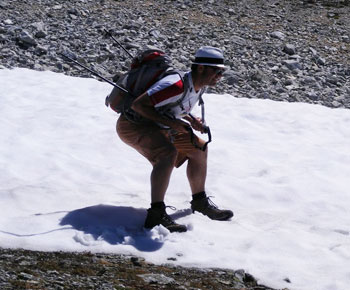
According to the one hour and 50 minute prediction, we still had another 45 minutes to go. We had three girls and one boy who, like most boys, loves winning races. He and I worked hard.
The going was rough. It was steep, there were almost perpendicular fields of scree and – even though it was July, following the hottest June in recorded world history – plenty of snow to either go around or through. On such a baking day, it made sense to pack it into snowballs and cool the forehead with it.
Ten minutes from the top, the peak becomes more intimidating, requiring the occasional placement of a hand for steadiness, if not actually to pull yourself up. The air is perceptibly thinner now and the temptation (for me and the boy anyway) is to push yourself harder, finally conquer the peak and rest.
I was huffing, puffing and sweating when we finally made it. I looked at my watch. We’d taken exactly two hours even with the drama and lunch!

There were a dozen others up there already but we didn’t feel cheated. There was room for dozens more.
It was suddenly cold. The wind raced up the eastern face and glued my sweaty shirt to my back. We waited for the others, overwhelmed by the beauty of the surrounding mountains, many of which we actually towered over. With our kids!
What a feeling of accomplishment. A cold one.
I shuffled 10 feet over, behind the peak, towards the south. This blocked the wind and increased the temperature by 10 degrees centigrade.
The eight of us sank into this nook and dozed for about a quarter of an hour, snacking on the last chocolate and crackers, basking in the sun.
Descend carefully.
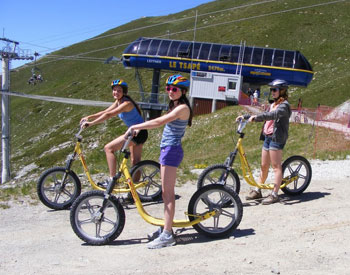
The sign at the very peak estimates five fewer minutes in your descent than the climb. Clearly, they don’t want you to hurry. It’s easy to injure yourself going down if you simply flop and let gravity you.
If you do want to go fast, behave like a skier. Notice how young children intuitively lean forward running downhill and wave their arms around like propellers. They’re naturally counterbalancing. Try it.
You may look silly but can control your speed without jamming your heels and straining your knees – and you’ll be down fast.
And you can be the one to order the wine at the Cabane Bella Tolla. It’s not cheap but considering your alternatives, well, maybe it is. $30 gets a chilled bottle of region’s popular and utterly respectable Fendant, amid a million-dollar view.
Another 20 minutes and you’re back at the funicular. You can rent bizarrely named Arapahos. Like customized kiddie scooters on steroids, they’re dirt bikes with brakes but no pedals.
You stand on them and let gravity do the rest. Available for rent from the top of the funicular for about $10, they provide a half-hour thrill ride down the well-groomed dirt road to the foot, where you drop them off.
Or take the funicular. You’re all probably very tired.

Steven Bochenek is a veteran marketing writer who has dabbled in editorial the past couple of years, and recently added travel to his portfolio.
- These 9 U.S. National Parks Require Reservations in 2024 - April 17, 2024
- Take a Hike in Olympic National Park - April 17, 2024
- The Wild Mississippi: 2340 Miles Across Ten States - April 8, 2024



